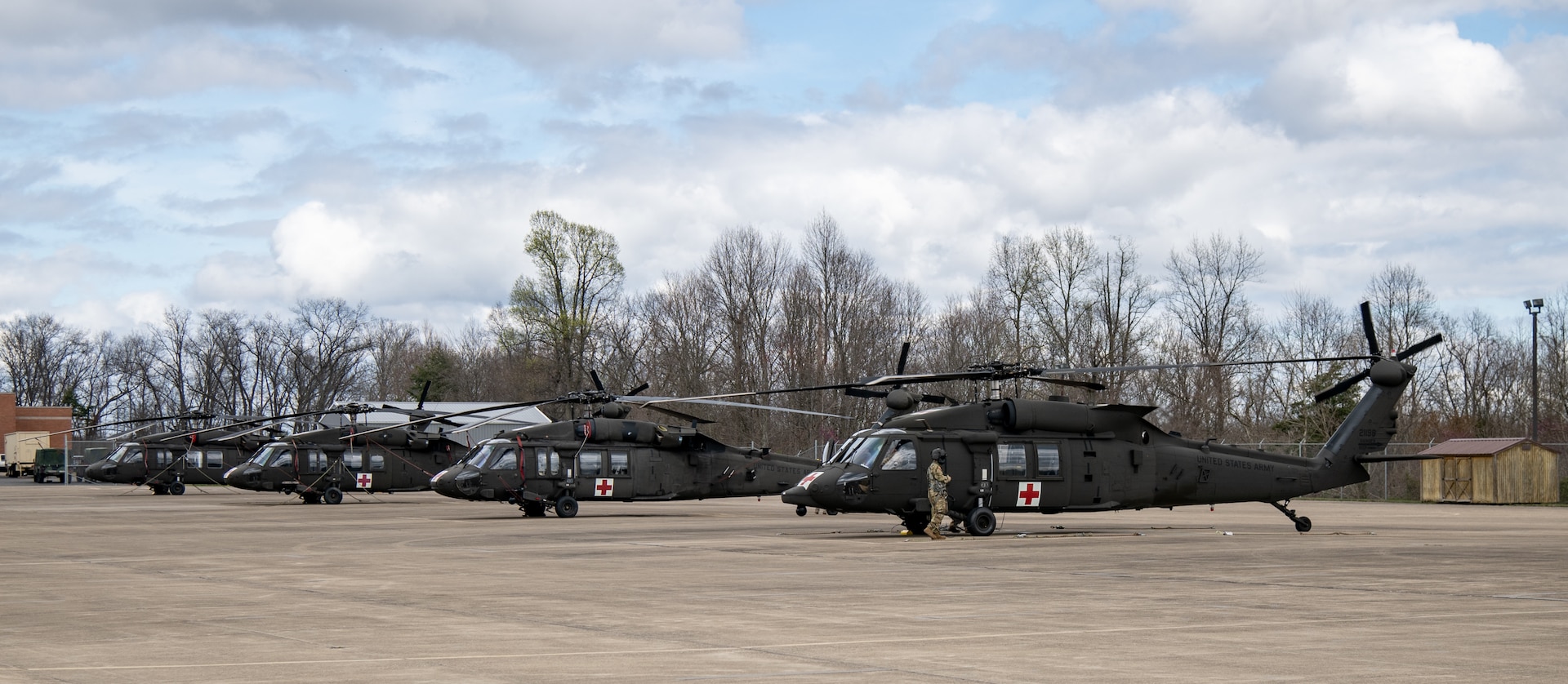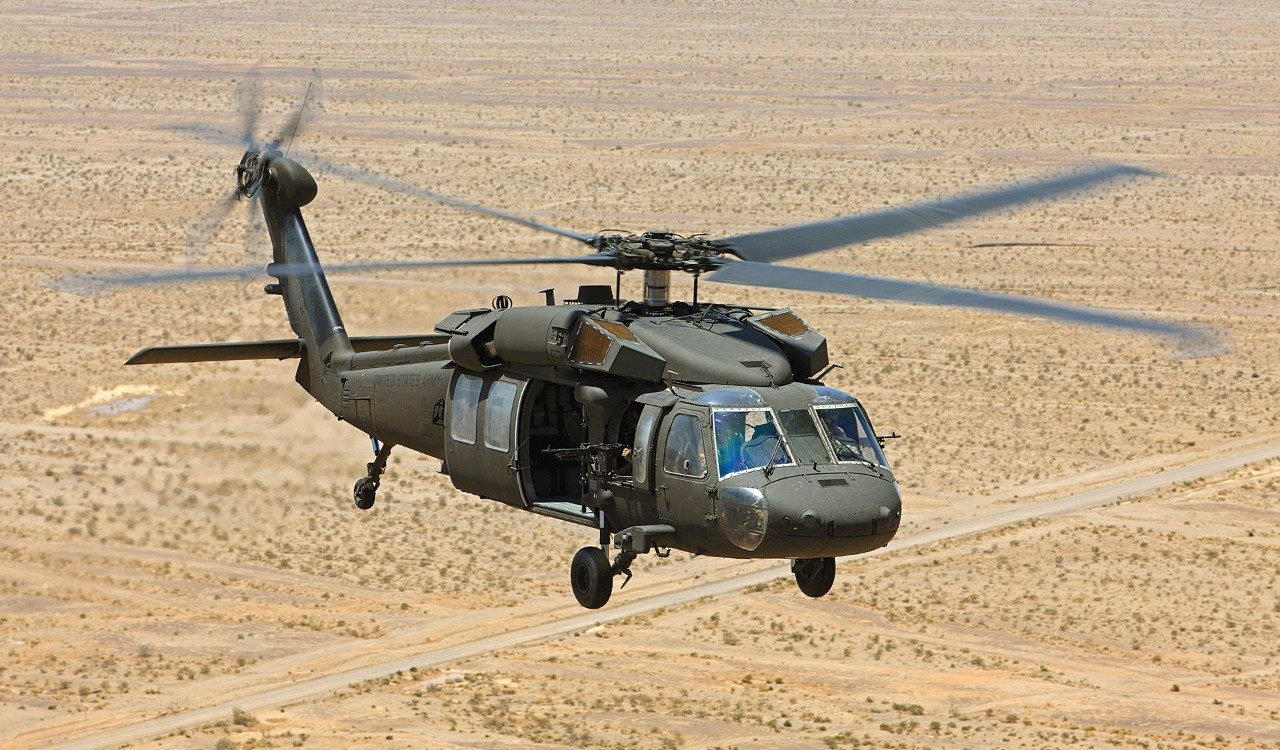Background and Development of the UH 60 Black Hawk Helicopter
Background and Development of the UH 60 Black Hawk Helicopter
Blog Article
A Comprehensive Guide to the Maintenance and Treatment of Aircraft for Durability
The long life of an aircraft pivots dramatically on its upkeep and care, requiring a structured method to make sure ideal efficiency and safety and security. Regular assessments, paired with a methodical upkeep program, function as important components in identifying potential concerns prior to they intensify. The condition of the aircraft's interior and adherence to regulative criteria play essential functions in preserving its worth. Yet, recognizing the ins and outs of these methods can be complex; therefore, it is necessary to discover the essential components that add to effective airplane care and the implications of disregarding these duties.
Importance of Normal Maintenance
Routine maintenance is vital for the security, efficiency, and longevity of aircraft. An organized method to upkeep makes certain that all elements work optimally, thus lowering the danger of mechanical failing during procedure. Normal inspections and servicing enable service technicians to identify possible problems prior to they rise right into significant issues, ensuring that the aircraft remains in compliance with air travel regulations.
Additionally, keeping an airplane according to the producer's guidelines is critical for maintaining its value. A well-documented maintenance history can boost resale leads and instill confidence in potential purchasers. Furthermore, routine maintenance adds to functional effectiveness, as it aids to maximize gas intake and efficiency metrics, leading to cost savings gradually.
In addition, normal upkeep adds to the total safety and security of trip procedures (uh 60). By dealing with deterioration immediately, drivers can mitigate threats connected with aging airplane systems. This positive technique not only protects the lives of guests and team however likewise safeguards the aircraft itself versus disastrous failures

Daily Evaluation List
Just how can pilots and maintenance staffs make sure the airplane remains in optimal problem prior to each flight? The solution lies in a thorough day-to-day inspection list, which acts as a crucial protocol to identify potential concerns that could endanger safety and efficiency. This checklist must encompass numerous vital locations, consisting of outside and interior assessments, in addition to functional checks of crucial systems.
Starting with the exterior, staffs must analyze the airframe for any kind of visible damage, leakages, or indications of rust. Attention must be paid to control surfaces, touchdown gear, and the problem of tires. Relocating to the inside, the crew should confirm that all tools and controls are operational, ensuring that digital systems are functioning appropriately.

Along with architectural checks, it is necessary to evaluate gas degrees and confirm that all needed records, including enrollment and weight and equilibrium information, are up to date. A testimonial of emergency situation equipment, consisting of life vests and fire extinguishers, have to be performed to make sure conformity with safety laws. By carefully following this daily inspection checklist, pilots and maintenance teams can significantly boost the security and dependability of their aircraft.
Arranged Upkeep Programs
Arranged maintenance programs are crucial for the long-lasting safety and effectiveness of aircraft operations. These programs are made to ensure that all airplane components undertake normal inspections, maintenance, and essential repair services at predetermined periods. By sticking to a structured maintenance schedule, operators can significantly minimize the threat of in-flight failings, enhance airplane integrity, and prolong the life expectancy of crucial parts.
Generally, scheduled upkeep is classified into various degrees, consisting of A, C, d, and b checks, each with unique requirements and thoroughness. A checks are usually more constant and concentrate on fundamental minor repairs and visual examinations, while D checks are more extensive and happen less often, involving extensive disassembly and overhaul of the airplane.
Governing bodies, such as the FAA and EASA, required compliance with particular upkeep routines based on airplane kind and use. Operators has to preserve meticulous documents of all maintenance done to show conformity and assist in inspections. Additionally, the integration of anticipating maintenance technologies can further enhance the effectiveness of scheduled programs by identifying prospective concerns before they rise, thus guaranteeing that aircraft continue to be in optimum condition and ready for risk-free operations.
Care for Aircraft Interiors
Taking care of airplane insides is essential not just for guest convenience but additionally for maintaining the general value and security of the airplane. Normal cleansing and upkeep of the interior components contribute considerably to a positive flying experience while preserving the aircraft's aesthetic appeal.
To ensure ideal treatment, it is essential to develop a routine cleaning timetable that consists of vacuuming carpetings, cleaning down surfaces, and disinfecting high-touch locations. Upholstery and seating must be evaluated for deterioration, with any kind of damage immediately resolved to stop further wear read this article and tear. Furthermore, focus must be offered to the galley and lavatory areas, which require detailed cleansing and restocking of products to keep hygiene.
Moreover, making use of proper cleaner is crucial; extreme chemicals can damage materials and coatings, so it is recommended to make use of items especially created for airplane insides. Routine examinations need to likewise be conducted to recognize any maintenance needs, such as changing damaged seat covers or fixing window tones. By focusing on the treatment of aircraft interiors, operators can boost the general guest experience and protect the financial investment in their aircraft.
Comprehending Regulatory Compliance
Regulative conformity is an important facet of aircraft upkeep, frequently calling for operators to stick to an intricate framework of regional, national, and worldwide requirements. This structure is largely developed by air travel regulatory bodies such as the Federal Aeronautics Management (FAA) in the United States and the European Union Air Travel Safety And Security Company (EASA) in Europe - uh 60. These organizations set forth guidelines that govern different elements of aircraft maintenance, consisting of airworthiness, security protocols, and functional treatments

Moreover, operators need to stay notified about modifications in guidelines and participate in training programs to make certain that useful link their staff is well-informed about conformity demands. Failure to follow these regulations can cause severe penalties, including penalties, grounding of aircraft, or loss of certification. Consequently, understanding and sticking to regulative compliance is vital for the long life and security of airplane operations.
Final Thought
Finally, the upkeep and care of airplane are vital for ensuring long life, security, and operational effectiveness (uh 60). Normal evaluations, adherence to everyday checklists, and organized upkeep programs promote the early recognition of potential issues. Additionally, interest to the airplane's interior and conformity with regulative criteria considerably contribute to maintaining its worth. By executing these techniques, operators can improve the general experience for guests while securing the financial investment in air travel assets.
The longevity of an airplane hinges significantly on its maintenance and care, requiring an organized technique to guarantee optimal efficiency and security. By faithfully following this everyday assessment list, pilots and maintenance teams can considerably boost the safety and dependability of their airplane.
These programs are developed to make certain that all aircraft elements undertake regular evaluations, upkeep, and needed fixings at predetermined intervals. By focusing on the treatment of airplane insides, operators can boost the total passenger experience and safeguard the financial investment in their aircraft.
In conclusion, the upkeep and treatment of aircraft are paramount for making sure long life, safety and security, pop over here and functional efficiency.
Report this page